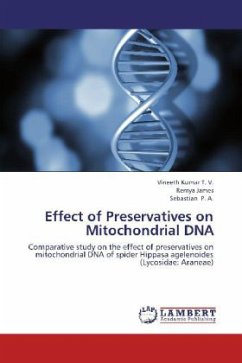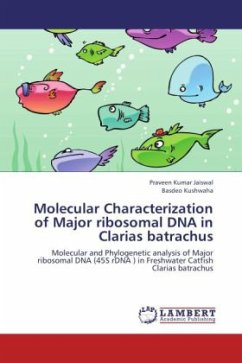Earlier morphological features were the only criteria for taxonomical classification. Following the proposal of the structure, physical and chemical properties of DNA in the earlier half of twentieth century, that marked the beginning of molecular taxonomy. Morphological features are results of gene expression; molecular taxonomy can deliver a more precise and more accurate classification. For this the nuclear material should maintain its integrity. Hence it is necessary to preserve DNA with minimal degradation. In this scenario taxonomical studies demand a preservative that causes less harm to the DNA. Our study aims at comparing the effect of three routinely used preservatives - acetone, 70% ethanol and 4% formaldehyde. By comparing their effects we would identify which one among the three has a dual role as a good preservative and pose minimum damage to the DNA. Here we also compared the feasibility of four different extraction methods (DNeasy, Quick Extract, Master Pure and CTAB)
Bitte wählen Sie Ihr Anliegen aus.
Rechnungen
Retourenschein anfordern
Bestellstatus
Storno








